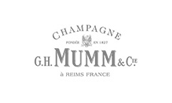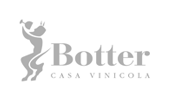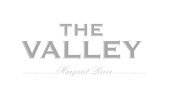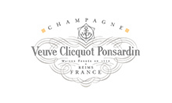There’s no better way to spend time with your close friends than a wine tasting tour.
On the surface wines may all taste similar. But if you want to sophisticate your drinking habits and impress your friends, developing your wine tasting palate is a great way to do so.
Maybe you’re planning a fun weekend away to the wine regions or you’re finally hitting that local wine bar to try some house wines.
Alternatively, take a lot of the expense out by organising a wine tasting yourself!
Invite your friends around, stock up on varietals, and host your very own wine tasting at home! Get everything you need from I Like Wine: buy wine online and enjoy fast delivery Australia wide.
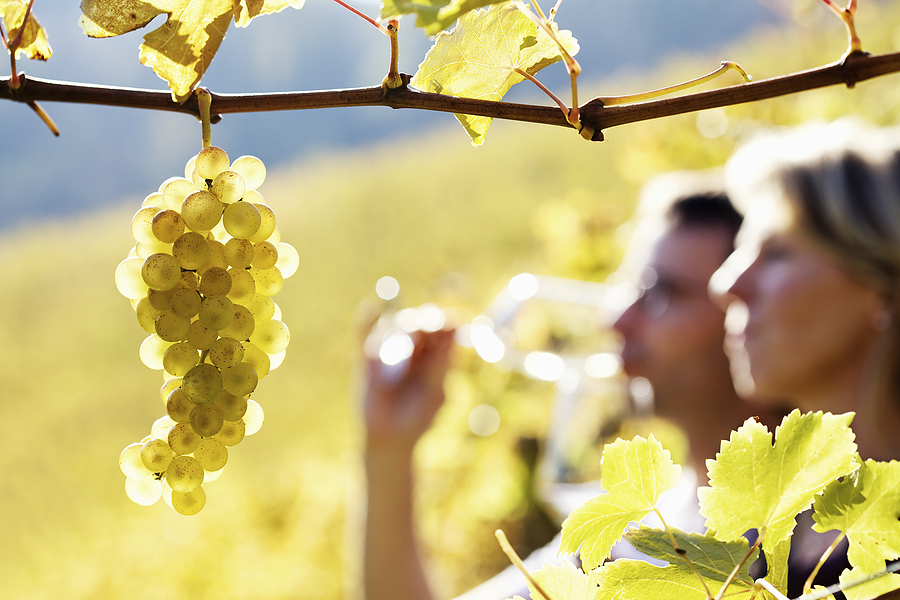
How do you prepare your palate for wine tasting?
In order to best prepare your palate for wine tasting, start by avoiding strong flavours or beverages beforehand.
Take a moment to cleanse your palate with water. It’s also a good idea to drink water throughout your tasting. Not only does it keep you hydrated, but it also helps to cleanse your tastebuds and allows you to better enjoy the taste sensations of each wine!
In between sips, you might like to consider some of the following to cleanse your palate:
- Plain or sparkling water
- Unsalted crackers
- Bread
- Sliced cucumber
- Carrot sticks
- Unsalted crackers or pretzels
Can you train your palate?
Absolutely!
With a little exploration, you can definitely train your palate when it comes to wine.
- Start by tasting a variety of wines, from different regions and grape varieties
- Take note of the aromas, flavours, and textures
- Try to describe what you perceive and compare with others
Over time, your senses will become more attuned to the subtleties of wine, allowing you to identify specific aromas, differentiate between flavours, and appreciate the complexities of different wines.
Enjoy the process and trust your own palate.
What is the correct way to taste wine?
Wine tasting isn’t like drinking anything else. It’s an experience. Although it is referred to as “wine tasting,” you’ll actually be doing a lot more than just tasting it.
What are the five Ss of wine tasting?
“The five Ss of wine tasting” refer to the five actions you need to do to unleash your senses and enjoy wine the way it’s intended.
The five Ss to be done in order are:
- See
- Swirl
- Sniff
- Sip
- Savour
But don’t start swigging wine just yet! Read in detail about how to taste wine like a pro!
1) See
Before you even pop a bottle open, read the label.
What year is the wine from? What area were the grapes grown in? Is it a red or a white?
A Verdejo Sauvignon Blanc or a Rioja Crianza? Or maybe a type of rosé or pinot grigio?
Don’t forget to consider the alcoholic content when pouring and consider how many wines you will be tasting that day and how many people are present, so that you can measure the appropriate amount.
Once poured, take a good look at the liquid, look at the colour and texture of the wine. If it’s a red wine like an Aramis Shiraz, is it pale or deep? Does it have a ruby or purple base?
Take note of the density, viscosity, and opacity as this can tell you a lot about the acidity, alcoholic content, age, and the climate the grapes were grown in.
2) Swirl
Before you take your first sip, swirl your wine. Swirling wine brings out more of the aromatics in the chemicals and allows the flavors to evaporate out of the glass for your senses to enjoy.
You don’t want to swirl too quickly and with too much pressure; do it gently and purposefully. If you’re at a winery, your sommelier will be able to show you the perfect wine swirling technique!
3) Sniff
Once you’ve swirled, give that wine a smell. The immediate scent that reaches your nose will come from the main ingredients.
Ask yourself, what type of grapes does it smell like? Does it smell more citrusy or tropical? Does it smell peppery or spicy?
Does it smell like florals? Are there hints of honey?
Wines like Barbanera Dispetto smell both spicy and floral; nutmeg and cloves as well as orange rind, flowers, and seeds all contribute to this sensory delight.
Experts will be able to smell secondary ingredients like nuts and they can often even be able to detect what the fermentation process was through smell.
What is it called when you sniff wine?
“Nosing” the wine is a term commonly used by sommeliers to describe the strategy of smelling the wine.
“Bouqueting” is also an older term that sommeliers might use to refer to the act of smelling.
4) Sip
Finally the most important part: taste!
Taking a sip of wine while you still retain the aromatics will impact the taste and make the flavours more distinguishable.
It may taste as you’d expect from the smell, but some aspects like sweetness and texture aren’t normally detectable from smell alone, so you might also get a surprise!
5) Savour
The after taste might be different from your initial sip, too.
Take note of the flavour; when you savour wine, flavours can become more intense.
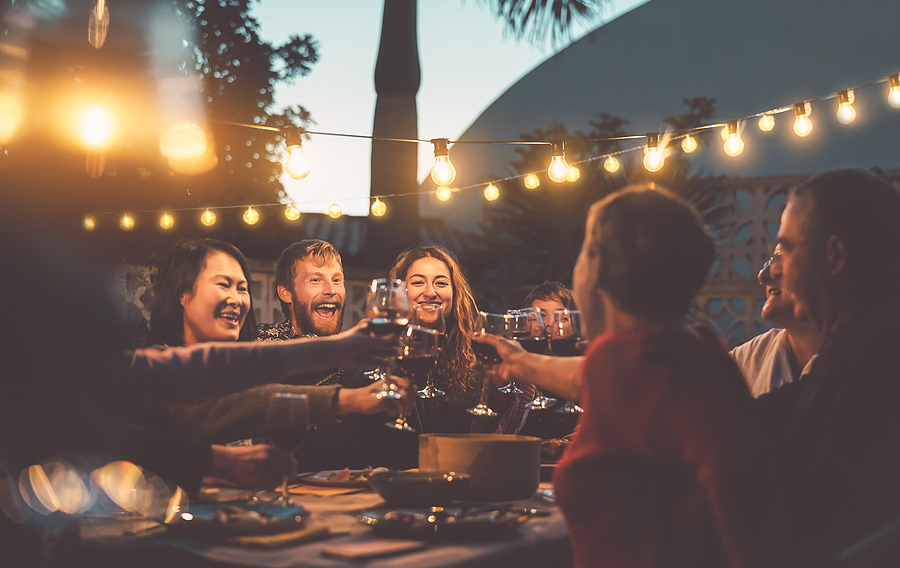
What should I bring to a wine night?
Got a wine tasting coming up? Then you better stock up at the best wine store in Australia!
So you’ve got the wine tasting activity down pat, now you need to think of what foods and aesthetics compliment your wines.
Factors to consider when choosing food and decorations for your wine tasting are:
- The season and weather
- Whether you’ll be inside or outside
- Daytime or evening event
- How many people are coming
- Red or white wine or both
Australian wine and food pairings is something to consider when choosing the right food.
Think cheeses, especially decadent, soft cheeses and bread, like gourmet baguettes or sourdough.
Create a charcuterie board and decorate it with premium slices of meat (like prosciutto) and maybe a sprig of rosemary or thyme, and of course olives.
Add a hint of sweetness, such as quince paste or honey. Fresh fruit such as grapes and strawberries complete the cheese board!
How do you cleanse your palate at a wine tasting?
You should also pick foods and other drinks that can cleanse your palate between wines.
Olives, bread, and cold cuts of meat are great palate cleansers; so too are plain crackers.
Water and lightly flavoured tea are simple palate cleaners, too.

How do I become a good wine taster?
If you’re keen to learn more about wine and the reason behind different flavours and sensations, there are a few more extra steps you can take.
1) Educate yourself
Learn about different wine regions, grape varieties, and winemaking techniques. There is a wealth of information available – so we suggest starting with one region – say France – and slowly building your knowledge and interest
2) Have an open mind
Most people have “their” wine. Whether you’re a pinot noir aficionado or love a crisp Riesling, we suggest branching out to try a range of wines.
Have an open mind, be open to trying new varieties. You don’t have to love all of them, but by expanding your palate, you can learn more about different aromas, textures, regions, techniques, and flavours.
3) Participate in or host regular wine tastings with friends
In some sense, the best way to learn more about wine is to taste it for yourself!
Ultimately, developing your tasting skills is a personal journey. Trust your own preferences and instincts. Remember, there are no right or wrong answers in wine tasting; it’s about discovering what you enjoy the most!
Shop wine online with I Like Wine!
Stock up on all your favourites and discover new ones, too, with I Like Wine’s premium collection of wines from all around the world
Shop online wine sales by region, type, or price, and enjoy fast delivery Australia wide.
We stock only the best wines and spirits – the team has tasted every single product, and if it doesn’t meet our high standards, we simply won’t stock it!
So you know that when you choose I Like Wine, you’re guaranteed superior quality, intense flavours, and great prices. What’s not to love? Start shopping now

